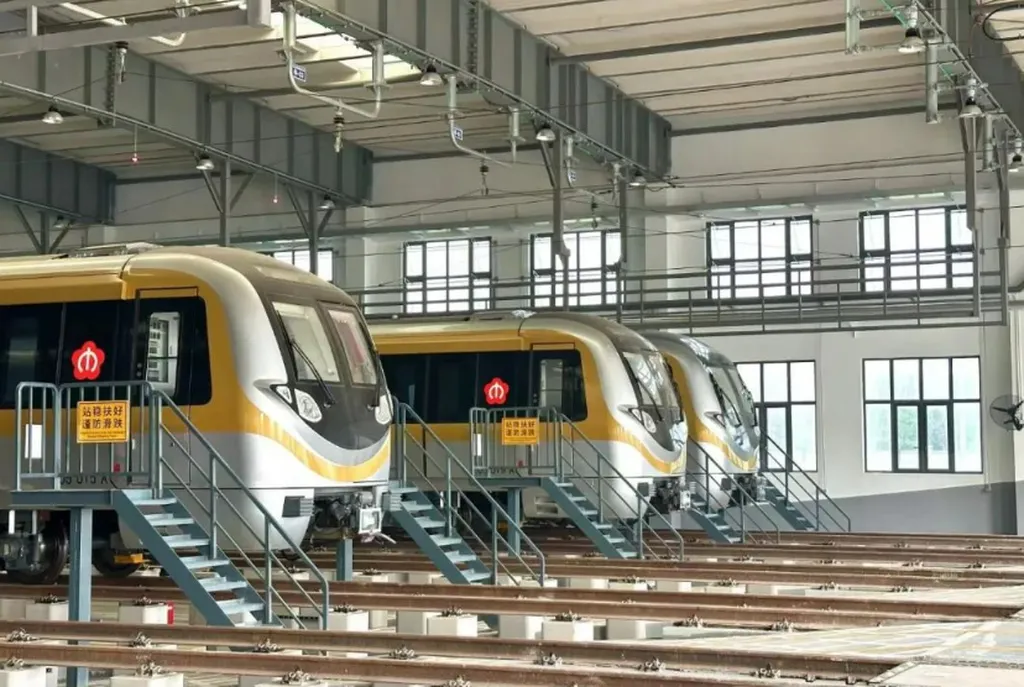In the bustling city of Nanjing, where the metro system is a lifeline for millions, a groundbreaking study is set to redefine how engineers approach close-proximity under-crossing construction. Led by Yin Lou of Nanjing Metro Construction Co., Ltd., this research delves into the deformation characteristics of metro stations during such high-stakes operations, particularly in water-rich sandy strata. The findings, published in the journal *Chengshi guidao jiaotong yanjiu* (Urban Rail Transit Research), offer a blueprint for safer, more efficient construction practices that could have significant commercial impacts for the energy sector and beyond.
The study focuses on the settlement deformation of an existing metro station during the construction of a new station directly beneath it. Using a combination of numerical simulations and field tests, Lou and his team analyzed how different construction parameters affect structural settlement. “Ensuring the operational safety of the existing station during such complex construction is paramount,” Lou explains. “Our goal was to identify the optimal construction parameters to minimize deformation and maximize safety.”
The research utilized Plaxis 3D finite element software to model the under-crossing construction. By varying the excavation step length, initial support thickness, and temporary support removal length, the team could quantify their effects on the existing station’s structural settlement. The results were striking: reducing the excavation step length from 3 meters to 1 meter decreased the maximum vertical displacement of the structure by a remarkable 63.6%. “This finding underscores the critical role of excavation step length in controlling deformation,” Lou notes.
Field measurements validated the numerical model, confirming the accuracy of the simulations. The vertical displacement of the existing structure exhibited a V-shaped distribution, with significant disturbances occurring within 1.1 times the construction width of the overlapping section from the existing station’s central axis. The study’s recommendations for optimized construction parameters—an excavation step length of 2.0 meters, an initial support thickness of 0.3 meters, and a temporary support removal length of 5.0 meters—strike a balance between safety, space constraints, and economic considerations.
The implications of this research extend far beyond Nanjing. As urban populations grow and metro systems expand, the need for safe and efficient close-proximity construction becomes increasingly urgent. “This study provides a robust framework for engineers to navigate the complexities of such projects,” Lou says. “By optimizing construction parameters, we can ensure the safety and longevity of existing infrastructure while paving the way for future developments.”
For the energy sector, the commercial impacts are substantial. Efficient construction practices reduce downtime and minimize the risk of costly repairs, making projects more economically viable. Additionally, the insights gained from this research can be applied to other sectors involving underground construction, such as energy infrastructure and tunneling projects.
As cities continue to grow and evolve, the lessons learned from this study will be invaluable. By embracing innovative approaches and leveraging advanced technologies, the construction industry can meet the challenges of urban development head-on, ensuring a safer, more sustainable future for all.

